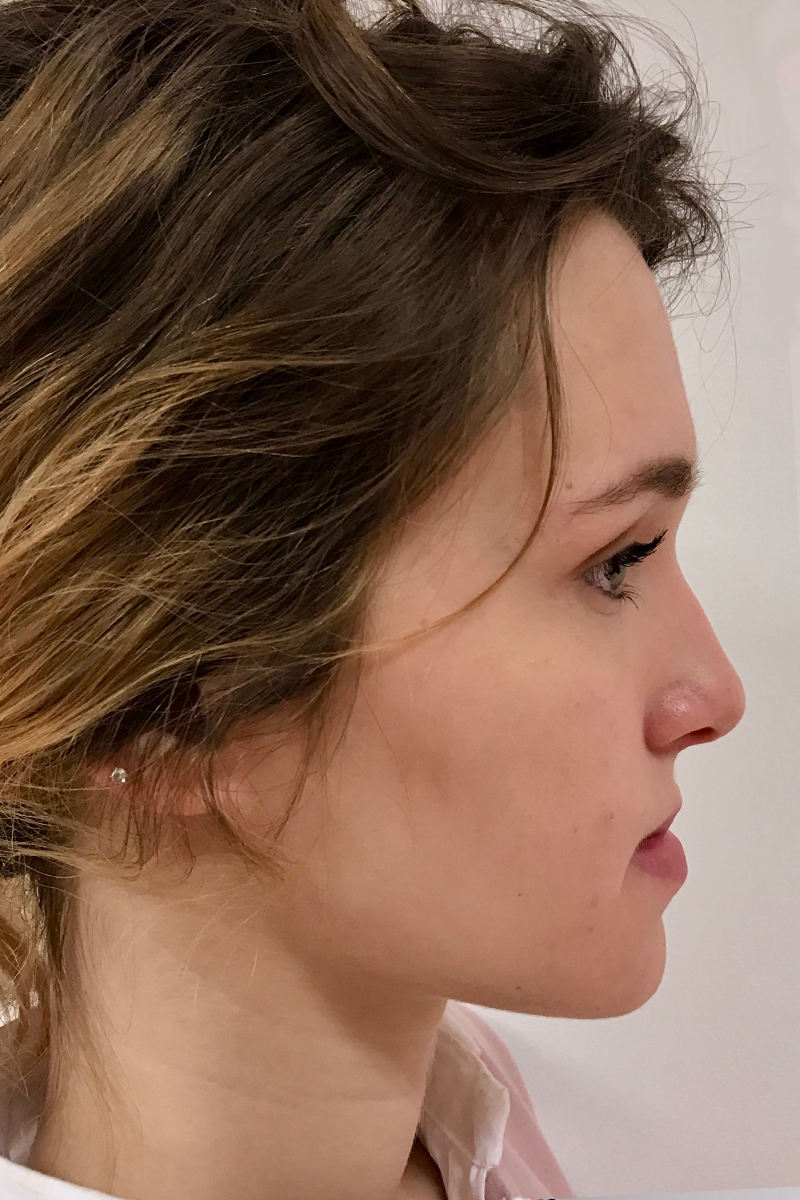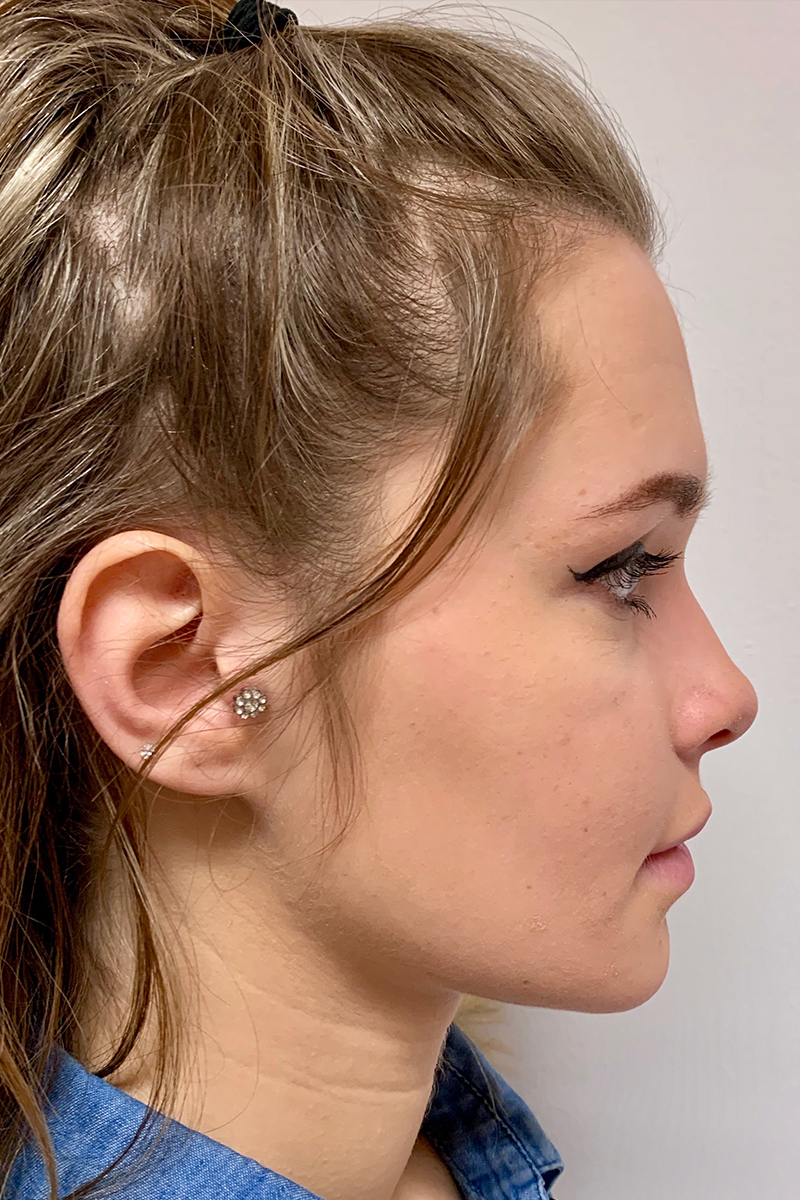Orthognathic Surgery
Orthognathic surgery is a combination of jaw surgery and orthodontics that aims to realign the jaw and teeth to improve function as well as aesthetic appearance.
Am I a good candidate for orthognathic surgery?
Orthognathic surgery is suitable for patients whose jaws lie in an abnormal position or are of different sizes . A difference in jaw size and position is quite common and will usually present as poorly aligned teeth or bite, but in more serious cases it can be very noticeable physically, with deficient chins, underbites, overbites or crossbites.
This can be the result of a genetic predisposition, trauma in early childhood, cleft lip or palate. Jaw growth is fixed in late adolescence when surgery is considered to correct the deformity.
The effect on function can be pronounced making it difficult to bite and chew. There is damage to the structures of the mouth and the teeth can often get worn down quickly. There may be muscle and jaw problems and associated pain. Speech difficulties are common and it can cause sleep apnoea if the airways are compromised. If the problem is pronounced and will not respond to orthodontic treatment such as braces then you may require orthognathic surgery.


The orthognathic surgery consultation
During the consultation, Mr Afshin Yousefpour will examine the structure of the mouth and jaw to assess the degree of deformity. He will also discuss how it affects you. A number of investigations will be performed, including radiographs and dental photographs.
He can then advise you on your options, the potential benefits and possible risks, so you can make an informed decision about your treatment.
What results can I expect from orthognathic surgery?
After surgery, you usually require further orthodontic work to full straighten the teeth. Once they are in the best position possible the brace is removed. Very occasionally, teeth and the jaw can move backwards to the original position, but you will wear a retainer to keep the teeth in position and you will have regular check-ups to ensure all is well.
The aim of orthognathic surgery is to improve the function and patient’s physical appearance, and patients usually report a dramatic impact on quality of life.
What does orthognathic surgery involve?
Typically, a treatment plan will be devised that may take some time to complete and often treatment is performed in conjunction with other medical and dental specialists. Orthodontic treatment to straighten teeth is usually required.
Once the teeth have been moved into the correct position, Mr Yousefpour will perform orthognathic surgery under a general anaesthetic. Incisions are made inside the mouth to reveal the structure of the jaw. The jaw is broken and moved into the new position where it will be fixed either using screws or plates. It may be necessary to have a bone graft and the new bone is typically taken from the hip, leg or rib.
This can be a very lengthy procedure, taking up to five hours, depending on the complexity of the individual case. The patient will then spend at least a couple of nights in hospital where they will be closely monitored.
Are there any risks and complications associated with orthognathic surgery?
Recovery from orthognathic surgery can be prolonged and it can take up to a month before you can resume all normal activities and return to work.
Risks are rare but can include damage to the nerves in the mouth and jaw and some damage to the teeth.
